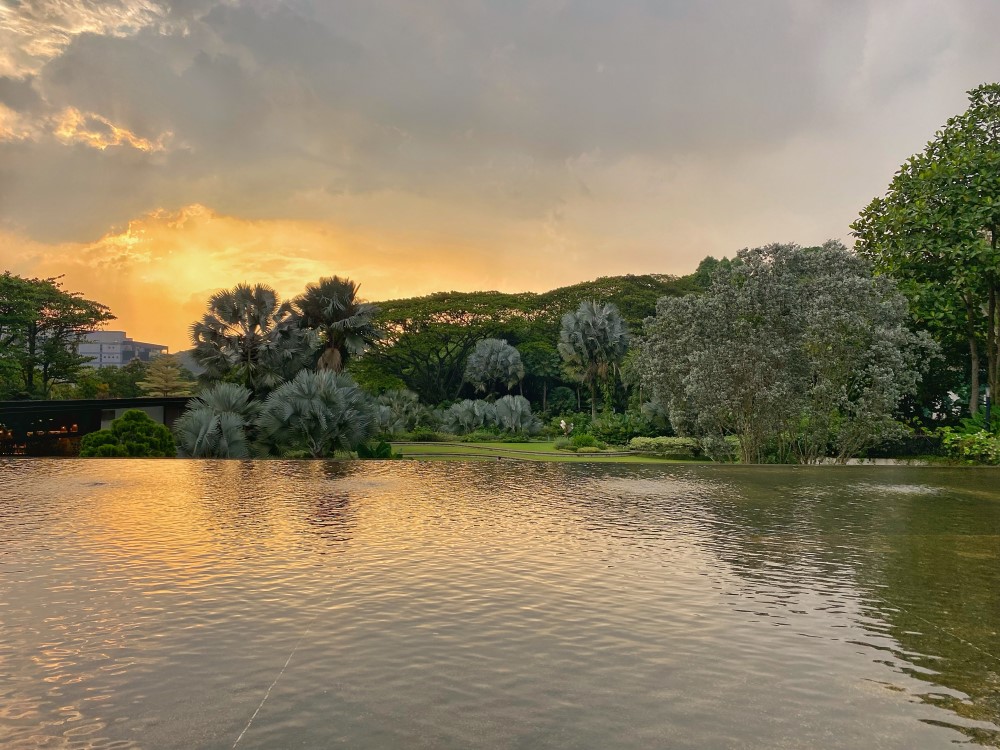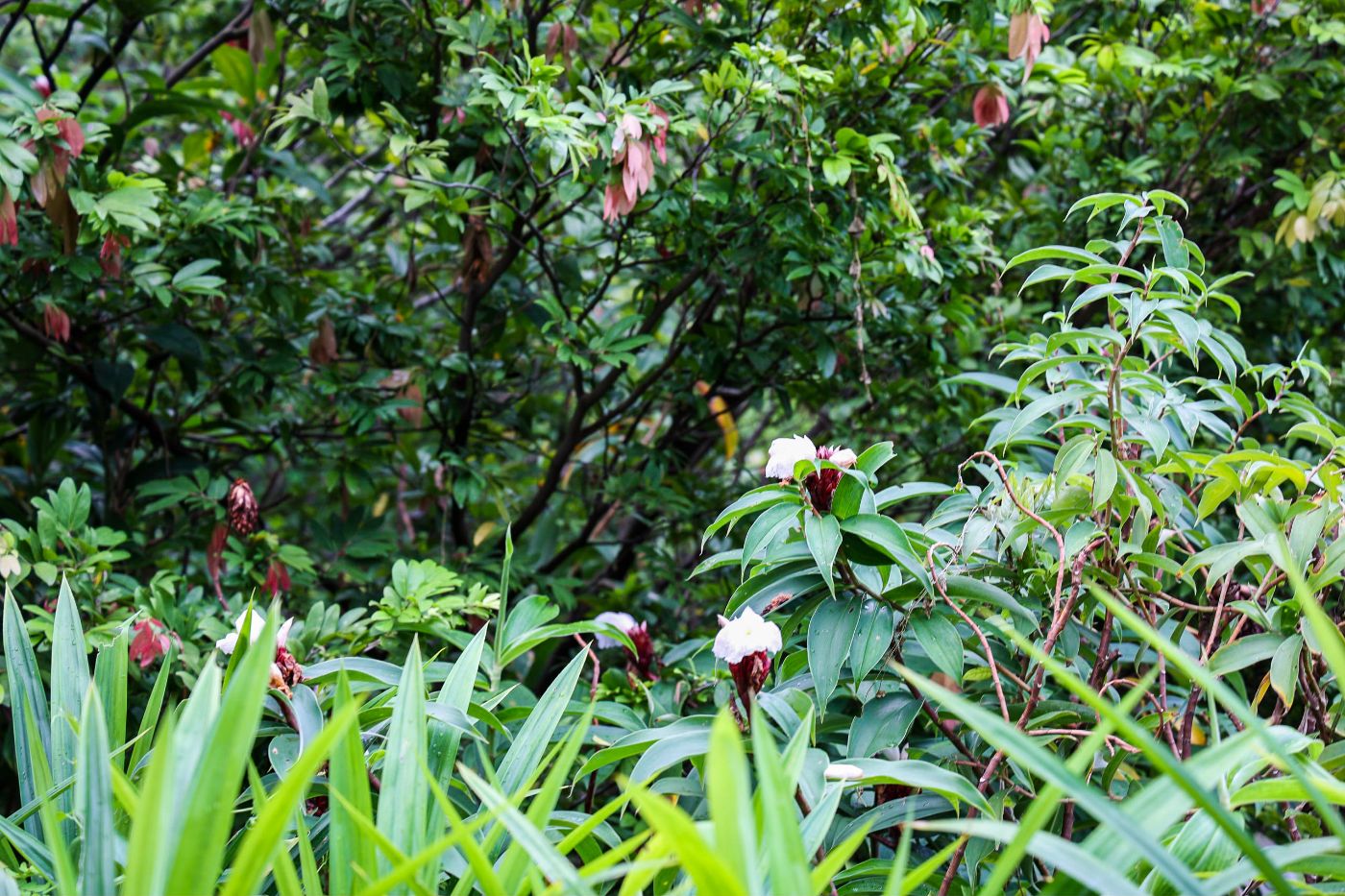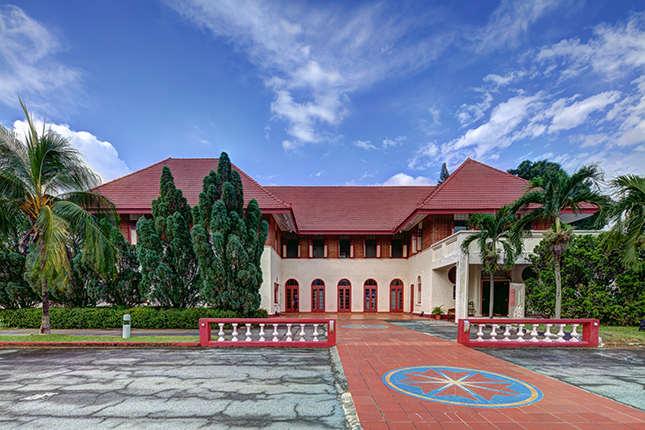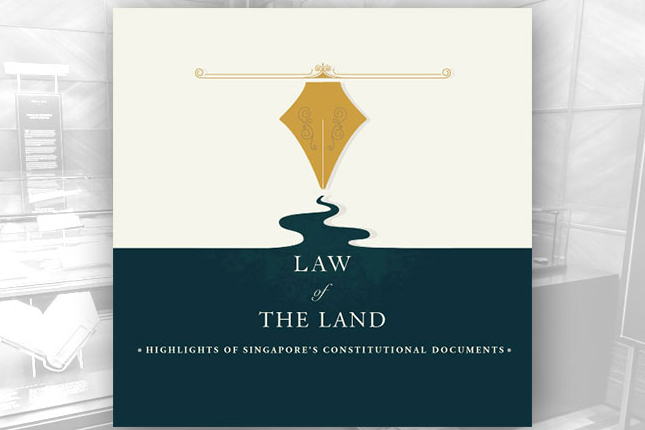TL;DR
As a historical monument residing up in Admiral hill, the structures of old Admiralty House is surrounded by luscious vegetation. The essay will explore the role of the old Admiralty house in not just preserving Sembawang’s heritage, but also in illustrating the relationship between built environment and the natural landscape.
Text by N Brentha Shini (NTU History Programme)
Despite its modest size, Sembawang has developed into an estate renowned for its historical significance and natural heritage, especially with its early history as a town once covered in pineapple plantations and rubber estates. National Heritage Board (NHB)’s Sembawang trail recognises the town’s natural heritage as a key chapter in its history. The preservation of Sembawang’s natural hot spring serves as an example of how the natural landscape shaped the lived experiences of diverse communities. However, with an increasing focus on Singapore’s urban landscape, the prevalence of the built environment and its interaction with the natural landscape has become an important aspect of our natural heritage. Built environment preservation refers to the maintenance of man-made structures with strong historical importance to the environment and its people. The protection of these structures and the environment they stand on is significant to Singapore's heritage. With the aid of Ms Stella Woo from NHB’s Preservation of Sites & Monuments (PSM) division, who provided me with valuable insights on monumental preservation, this essay will explore how the preservation of old Admiralty House demonstrates the relationship between Sembawang’s built and natural environment.

The old Admiralty House is a magnificent colonial-style building with over 70 years of history. Dating back to the 1920s, when the British Royal Navy first started “surveying work for the British naval base” in northern Singapore, the house was designed for the Commodore Superintendent of the Royal Navy Dockyard as part of the planning for residential construction in the area1. From its completion in 1939 up to 2002, the old Admiralty house witnessed various changes to its name, owners and functions. With its long history, the monument survived through the colonial era with its distinctive structure intact and was gazetted as a national monument in 20022.

Despite different changes over the years, the monument's Arts and Craft architecture - known for the usage of natural materials - has been carefully preserved by the PSM. Its original asymmetrical layout and homely appearance remain intact regardless of the constant developing urban environment.3 The iconic pitch-tiled roof, arched entrance, and timber-mullioned windows undergo maintenance to allow visitors to appreciate the full glory of the building.4 As part of Sembawang’s Heritage Trail which focuses on different aspects of Sembawang’s history, NHB included the old Admiralty house under the “Communities of Sembawang” route to allow citizens to remember and understand the town’s past as a former British naval base.
The old Admiralty House resides on the top of Admiral hill, located in the midst of Sembawang’s urban settlement. With countless towering palm trees alongside visibly-appealing flower bushes surrounding the perimeter of the house, Admiral hill remains a symbol of Sembawang’s natural beauty. Furthermore, as a town once covered in rubber plantations, the preservation of the forested hill serves as a poignant reminder of Sembawang’s once-vibrant natural environment that has now been taken over by urbanisation.

The hill’s luscious greenery sets the ideal atmosphere for civilians interested in immersing themselves in the rich history of the old Admiralty house. As you walk alongside the pathways surrounded by the hill’s vibrant biodiversity, you get a chance to detach yourself from the hectic urban lifestyle and revisit historical memories by imagining what the area was like in Colonial Singapore. Therefore, with the preservation of Admiral hill’s natural environment enhancing the significance of the house, this serves as an example of how nature and man-made structures complement each other.




Albeit the government’s decision to redevelop the area into Bukit Canberra, the architecture of old Admiralty House and its surrounding natural environment remain protected. Under the Preservation Guidelines Volume II, PSM ensures the protection of the old Admiralty house for posterity from insensitive installations that threaten the authenticity of the monument, such as removing any unnecessary additions to the infrastructure. Furthermore, the government will retain Admiral hill's natural elements by carefully preserving the hill's existing landscape.5 There will also be the planting of more trees and shrubs to further enhance the area’s greenery and biodiversity.
Functioning as a place that merges the natural landscape with Sembawang’s heritage area, Bukit Canberra will allow civilians to appreciate the vibrant biodiversity and also remember the historical origins of the old Admiralty House and Sembawang’s heritage as a whole.

The old Admiralty House serves as an example of how man-made structures and the natural landscape can coexist, contributing to the image of Singapore as a City in Nature. The preservation of the house’s architecture alongside the surrounding natural landscape come together in retaining the memory of Sembawang’s former past as a British naval base.
Therefore, linking back to natural heritage, protecting the tangible memories of the house and its surrounding nature contributes to memorialising Sembawang’s rich history and emphasises the importance of natural landscapes to urban society.
About Partner
N Brentha is currently a Year 3 History Major from Nanyang Technological University and enjoys educating herself on Singapore’s natural heritage. In her secondary school years, she was involved with guiding the public through the Sembawang Heritage Trails, which was the first time she learned about the rich history of the old Admiralty house. The NTU History Programme is aimed towards individuals interested in exploring Singapore history, international history, inter-disciplinary history and many more. By encouraging students to excel in academic research, NTU strives to equip them with the ability to apply interdisciplinary methods to address contemporary issues from historical perspectives.
This article was developed for Singapore Heritage Fest 2022.
Notes
References
- Wan Meng Hao, Jacqueline Lau, Heritage places of Singapore, “Old Admiralty house”, (Singapore: Marshall Cavendish Editions, 2009.): 215.
- Indicated in NHB’s Sembawang trail companion guide
- Interview with Ms Stella Woo
- Interview with Ms Stella Woo
- “Bukit Canberra”, Sports Singapore, July 2018, https://www.sportsingapore.gov.sg/newsroom/media-releases/2018/7/sembawang-sports-and-community-hub-groundbreaking-event















